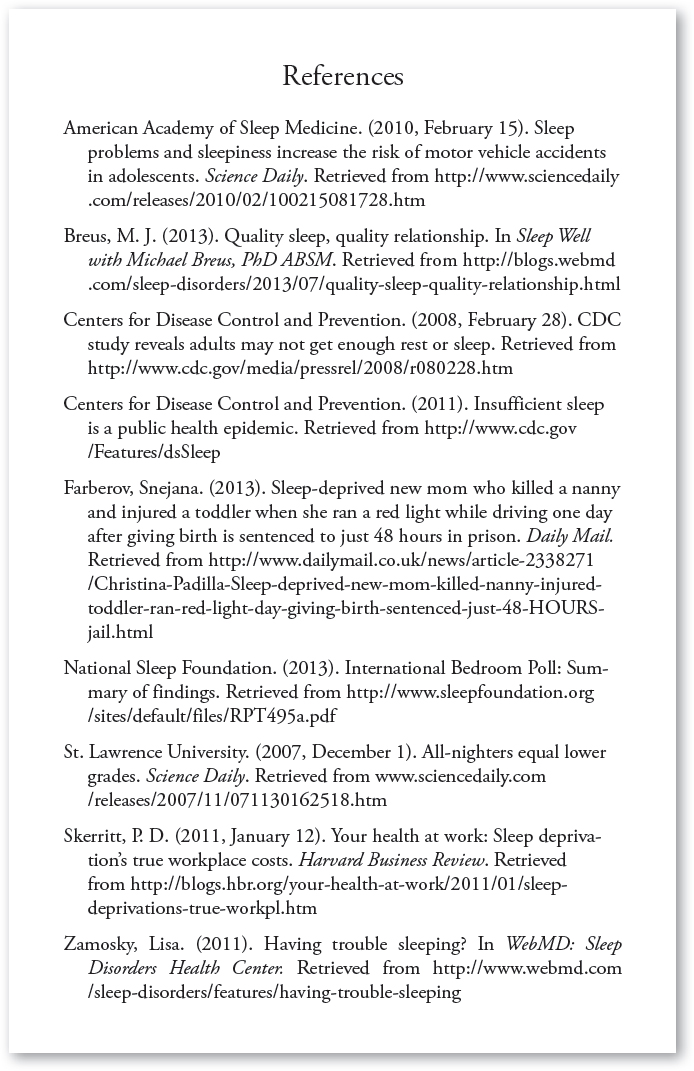Essentials of Outlining
In every phase of outlining, basic guidelines will help you structure and prepare your speech. A solid outline will clearly reveal the structure of your arguments and the hierarchy of your points.
- Use standard symbols. What an outline does, essentially, is put the hierarchy of points visualized in Figure 13.1 into a text format. To do this, outlines generally use roman numerals, letters, and standard numbers to indicate different levels of importance in the hierarchy.
- Main Point
- Subpoint
- Subpoint
- Sub-
subpoint - Sub-
subpoint
- Sub-
- Main Point
If you need to break down the sub-

- Use subdivisions properly. It is basic logic that a whole of anything—
a sandwich, a doughnut, or an outline heading— can never be split into fewer than two pieces. Therefore, as you divide your ideas from main points to subpoints, remember that each numbered or lettered entry must come in a series of at least two points: if you have a I, you must have a II; if you have an A, you must have a B; and so on. - Separate the parts of your speech. It is typically helpful to label your introduction, conclusion, and even your transitions to distinguish them from the body of your speech (your main points and supporting subpoints).
- Call out your specific purpose and thesis. Many instructors want students to include this pertinent information at the top of the outline, so check with your instructor to determine his or her preference. You may feel that you already know this information by heart, but it can be helpful to see it at the top of your outline page, ensuring that all of your main points support the purpose and thesis. Also, you may wind up tweaking them a bit as you work your way through the outlining process.
- Cite your sources. As discussed in Chapter 12, it is extremely important to give proper citations in your speech. As you work on the outline, you should always mark where a specific point requires credit. Directly after the point, either insert a footnote or a reference in parentheses; once you complete the outline, arrange the references in order on a separate sheet headed “Works Cited,” “Notes,” or “References.” Citations can be presented in a variety of formats, including styles dictated by such organizations as the Modern Language Association (MLA) and the American Psychological Association (APA). See Figure 13.2 for a sample of how you might handle references in APA format. Your instructor may have his or her own preferences about how to handle citations, so when in doubt, ask.
- Give your speech a title. Once all of your ideas and points are organized on paper, you can give your speech a catchy title that captures its essence. You might also consider using a provocative question as the title or part of a memorable quotation that you will use in the body of the speech.

At every phase of development, you should review your outline for sound organization. When reviewing, you should see a clear hierarchy of points reflected in each tier of your structure. A weak link in the outline—
If sitting in front of a blank Word document and typing a formal outline feels too overwhelming, you might want to take advantage of some of the free outlining and mind-
